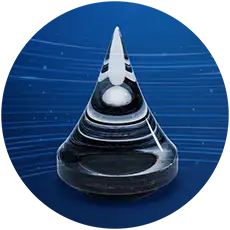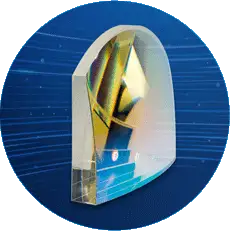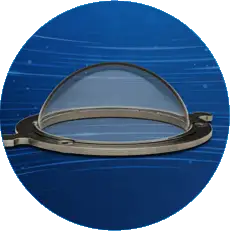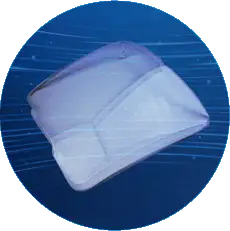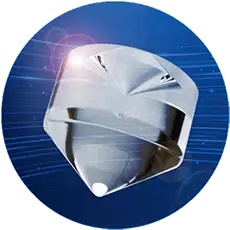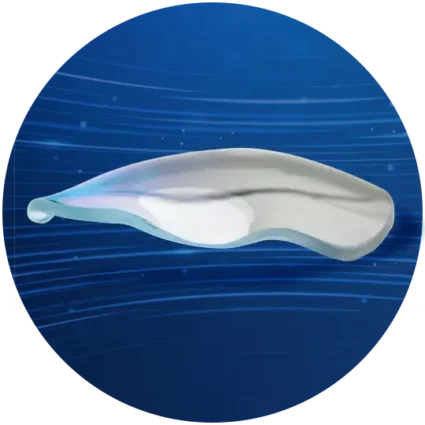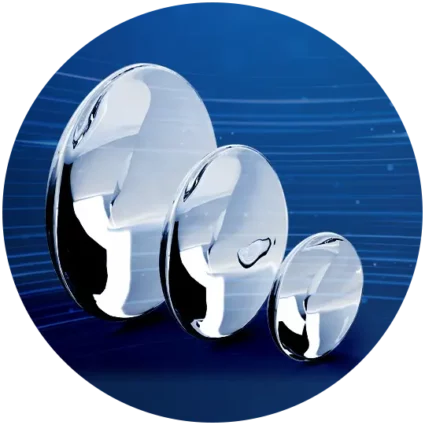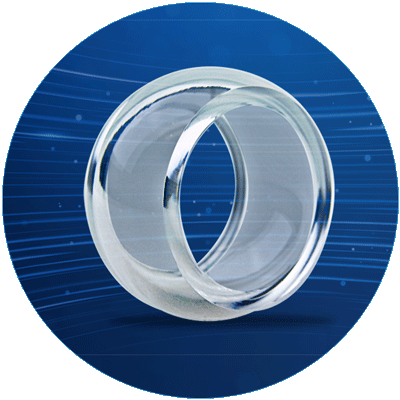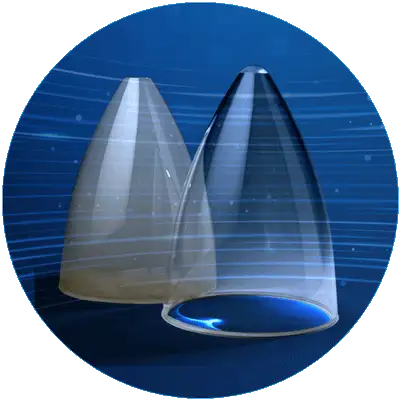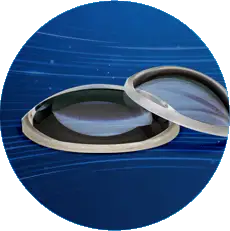We are a world leader in high precision optical manufacturing, delivering custom optics to a wide range of innovators around the globe. Meeting these goals demands the right people. Teamwork, adaptability, and an enthusiastic approach to problem-solving are central to the Optimax culture. But what unites all our employees best is a hunger to continuously learn. We strive to find driven individuals who are committed to lifelong learning; who will continue to add value in their work throughout long and successful careers.
We are Optimax
We are manufacturing the future every day.
We manufacture optics and solutions for your most critical projects using the latest technology and engineering.
REQUEST A QUOTE
Our quotes are structured to offer standard pricing and delivery – quicker delivery options are available upon request.
LEARN FROM THE EXPERTS
Discover how Optimax is changing the future of optics, and view our extensive library of resources.
JOIN OUR TEAM
We are looking for individuals that are committed to lifelong learning and creating value through their hard work.
Manufacturing the Future
The Optimax Story
Since 1991 we have been pushing the boundaries of innovation and technology, solving challenges in the optics industry. That quest has allowed us to be part of some of the greatest technological developments. Benefiting mankind not just in the products they use every day but the ones they will be using in the future.
OPTIMAX LAUNCHES
STARRIS
Optimax has officially launched Starris: Optimax Space Systems! The commercialization of space and the demand for earth-orbit missions are creating unprecedented opportunities in the new space race. Powered by Optimax's 30-year legacy, Starris will lift precision optical payloads from idea to orbit in one year — integrating optics, sensors, and electronics into a modular, pre-tested design that enables customers to enter the booming space economy quickly with low risk.








